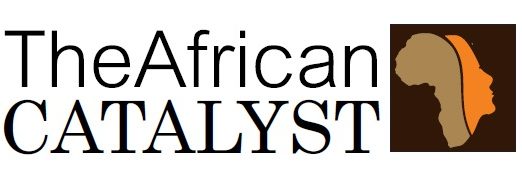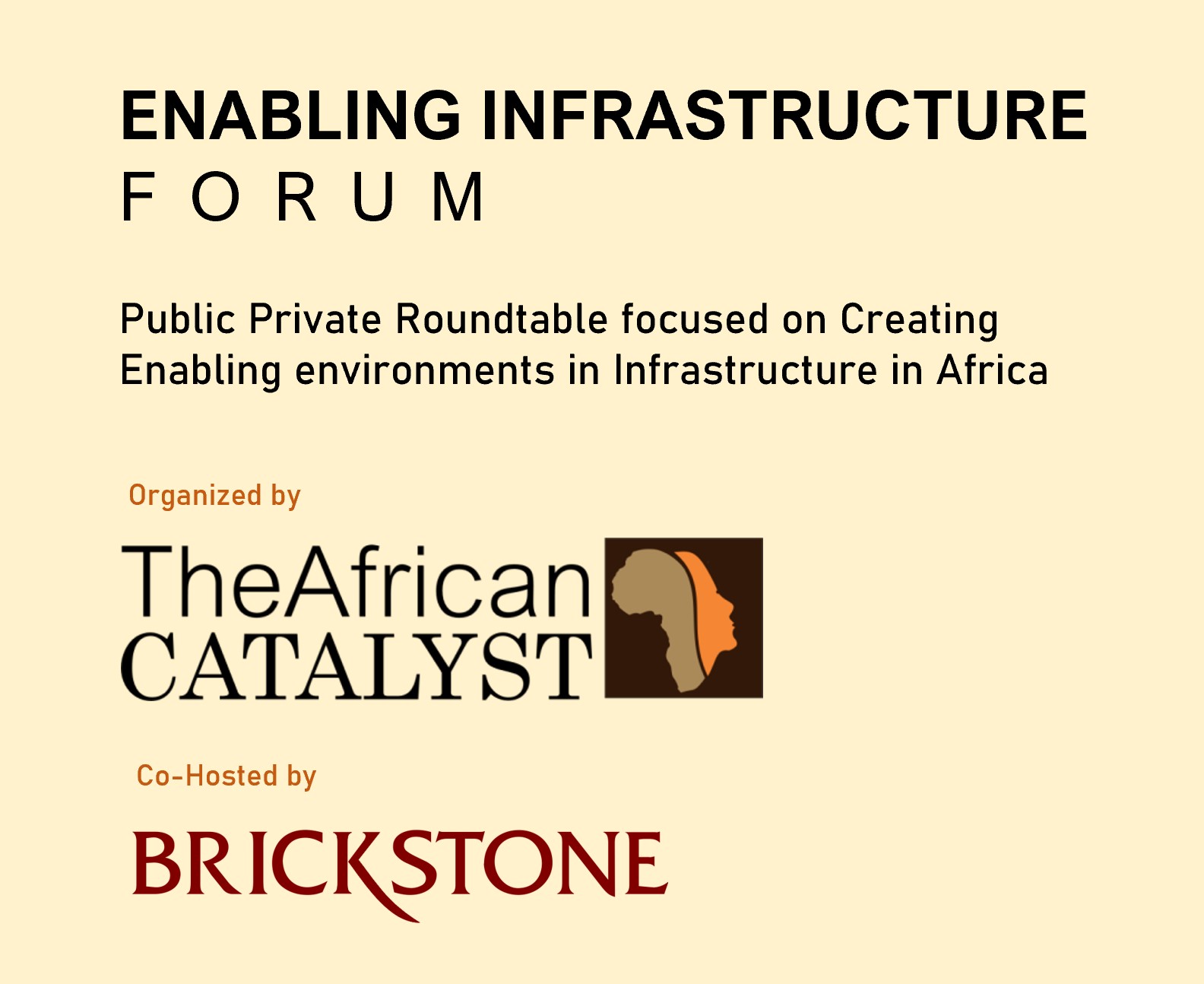According to OECD, pipelines of infrastructure projects – or simply “project pipelines” – are a common concept in infrastructure planning and investment discussions. The term “pipelines” is often used to emphasise specific, upcoming investment opportunities, such as low-carbon infrastructure projects to develop renewable energy over the next decade.
Project pipelines have become a key focal point in countries’ efforts to implement their climate and development commitments, including the Nationally Determined Contributions (NDCs) and the broader Sustainable Development Goals. Meeting climate mitigation objectives, the focus of OECD’s report, requires the successful implementation of many new low-carbon infrastructure projects constituting a pipeline of projects, delivered at the right time, providing the right level of service, and involving the right institutions.
Through a series of case studies, the report, Developing Robust Project Pipelines for Low-Carbon Infrastructure by OECD, focuses on the concrete actions needed to develop low-carbon project pipelines.
Among other key questions, it considers what constitutes good practice in infrastructure planning, what it means for governments to build robust project pipelines, and what is being done to strengthen them. The report also highlights that while governments and public institutions are already taking actions to develop robust pipelines in a range of country settings, these actions nevertheless need to be strengthened significantly to meet long-term climate mitigation objectives.
This article by the African Catalyst reviews OECD’s report on the need for developing robust project pipelines for low-carbon infrastructure, highlighting key facts and insights from the report.
Need For Investment In Low-Carbon Infrastructure Projects & Pipelines
According to the OECD, meeting climate mitigation objectives requires the delivery of many new low-carbon infrastructure projects across a range of technologies and in almost all sectors of the economy. These projects, and the pipeline they constitute, need substantial investment.
The latest global estimates of infrastructure investment needs may differ, but they all point to a financing gap of trillions of dollars per year until at least the year 2030. Encouragingly for governments, strong climate action offers many co-benefits in addition to delivering less carbon-intensive economies, and will very likely trigger massive investment opportunities.
The African Catalyst in partnership with Brickstone is co-hosting the Enabling Infrastructure Forum scheduled to hold in June 2023 in Lagos, Nigeria. The forum will discuss closely with the Government for policy evolution and on-the-ground implementation which attempts to influence key stakeholders in the areas of – Early Stage Development and Financing of Low Carbon Infrastructure.
The forum will assemble key leaders in Africa's infrastructure delivery to discuss infrastructure challenges and opportunities; and how innovations in project delivery and readiness, deal structuring, and sustainability solutions can help to solve critical issues for Low Carbon Infrastructure
Click the link to get more information and save the date.
Accordingly, the scale of this infrastructure investment needed is far beyond what is done today. Public finance on its own will be insufficient. The private sector will need to invest, build and support the development, operation and maintenance of those projects in the pipelines, as well as the retrofit or decommissioning of existing infrastructure to align it with mitigation and other sustainability objectives.
The following are key insights from the report;
- Investment currently falls short of what is needed, but this is not due to a lack of capital. There are simply not enough identifiable, investment-ready and bankable projects, constituting a pipeline, to which private sector investors and project developers can commit time, effort and funding. To address this, governments can develop robust infrastructure project pipelines, including by providing effective policy tools and institutional support to the development of the projects that constitute these pipelines.
- Governments and public institutions can improve infrastructure planning by signaling what and where investment is needed. According to OECD, a common barrier to scaling up investment is that private sector investors cannot easily identify and source investment opportunities. Due to the lack of detailed infrastructure investment plans and poor integration of these plans into national policy contexts, it is not always clear what and where project investments are needed, when they should be built, how to finance them, or if they are sufficient to meet long-term objectives. Actions to clearly describe and promote project pipelines can encourage actual investment. Investors and project developers want to identify and source investment opportunities that match their needs, which are usually driven by government policies and goals.
- Governments and public institutions are already taking actions to develop robust pipelines but must strengthen efforts if they are to meet their climate ambitions. There is no one-size-fits-all method for governments to promote and develop infrastructure project pipelines. Infrastructure planning efforts vary greatly in scope and scale and very much depend on specific country or regional contexts and infrastructure “starting points”. Public actors like governments and specific public agencies and institutions, strongly influence the development of domestic project pipelines based on these unique national and local contexts. Governments are best placed to tailor the development of their project pipelines. They have a suite of available tools and levers to involve themselves in infrastructure investments, including: funding projects directly from public budgets; leading public-private partnerships; employing risk mitigants like public guarantees; or setting policy incentives on specific sectors or technologies.
- Robust project pipelines and recommendations to develop them. According to OECD, literature review and discussions with experts suggest that, with respect to aligning infrastructure to long-term climate objectives, governments can develop robust pipelines of projects if they: link policy making to forward-looking objective setting and the programmes and institutions to deliver them; focus on strengthening the interface and mechanisms that governments employ to disseminate information and convene actors, offering transparent processes and communicating relevant information on projects and the pipeline with the financing and investment community; take a holistic, whole-of-government approach to infrastructure planning and investment; and fast-track suitable infrastructure project investment in a way that brings the carbon and energy intensities of the country’s economy to target levels.
- Project preparation facilities (PPFs) are an important tool that public actors can use to support the development of economically attractive project and pipeline investment opportunities. PPFs are increasingly offered by public institutions to assist the development of projects to reach investment-ready states. Increasing emphasis is being placed on these facilities, particularly in developing and emerging economies; the costs for global project preparation activities have been estimated between 2.5–10% of total infrastructure investment (GCEC, 2016; Kortekass, 2015).
- Characterising project pipelines and identifying good practices. According to the publication, a thorough review of project pipeline efforts across many countries identified a number of policy and institutional factors which are common to effective government efforts to develop robust pipelines. Six factors were examined in a series of case studies from a diverse set of countries and regions. The report identified the following as key factors for pipeline development effects: leadership; transparency; prioritizing; project support; eligibility criteria; and dynamic adaptability.
Read the complete report here.



